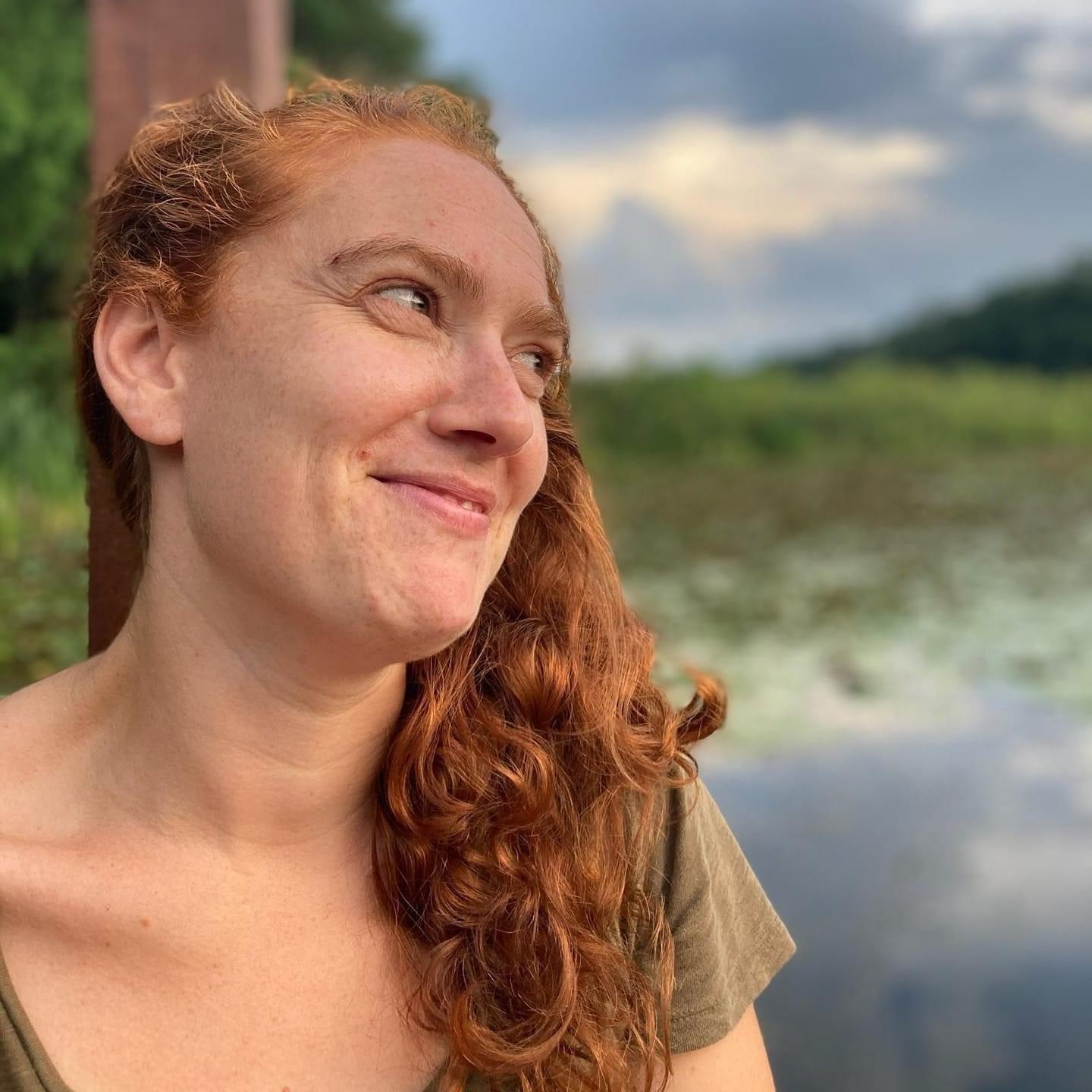A normal part of our daily jobs involves clocking in, working through a shift and clocking out at the end of the workday. But what happens when a traumatic event occurs at work that stays with you beyond your shift? Disturbing and tragic events, such as witnessing a co-worker injured on the job, or even worse – dying on the job – can inflict trauma that may last a lifetime.
That is why Council 4 advocated for and won passage of legislation restoring workers’ compensation coverage for post-traumatic stress injury (PTSI) for all workers, regardless of job type or setting.
On June 1, the CT General Assembly passed SB 913 with strong bipartisan support. Under the new law, employees in any occupation will be eligible for PTSI workers’ compensation benefits as a result of specific qualifying events such as witnessing a person’s death or dismemberment while at work.
Over the past few years, Council 4 members and legislative staff successfully fought for this coverage to extend to police officers, firefighters, EMS, dispatchers, setting the stage for the enactment of SB 913.
To mark PTSI Awareness Month and PTSI Awareness Day (June 27), we asked one of our union members who is a clinical professional to talk about this condition and how the new bill will greatly benefit Connecticut workers.
Emma Ohlund, LMSW, is Vice President of AFSCME Local 1303-71 and works as a clinician at the Clifford Beers Community Care Center. Clifford Beers Community Care Center is a social services agency providing a variety of community mental health supports in New Haven county.
Ohlund wants workers to understand that trauma for any individual looks different, including PTSI symptoms.
“What we know about trauma is that it lives in our bodies,” she said. “For someone like a police officer, nurse, or a crisis worker that sees these [tragedies] happen, these experiences live inside of them.”
She added, “When you think of…hyper-vigilance and dissociating nightmares, it impacts sleep. This in turn impacts your ability to be present. That hyper-vigilance, on edginess [feeling] that's kind of underlying is always there and being good at your job after that becomes really challenging if not well-treated or given the space to treat.”
Police officers and correctional officers often experience trauma on the job. But it can happen to anyone, including those who may not be directly present on a scene, such as dispatchers, or even co-workers sharing their stories or experiences of trauma can cause what Ohland called “vicarious trauma.” Those who work with clients can also be impacted.
“I've worked in various social work agencies and capacities,” she said. “There have been moments when I have been physically attacked by clients and it's terrifying. You can't go back then and feel safe. And that PTS is real.”
SB 913 will help workers by providing workers’ compensation for up to 52 weeks, which may cover medical expenses and/or necessary time off for those who experienced trauma on the job.
A worker can only collect benefits if a mental health professional diagnoses PTSI as a direct result of a qualifying event in the workplace. Prior steps may be needed for workers to even know they have PTSI before getting a diagnosis and support.
Ohlund suggests workers can start by doing a self-assessment. “We, as the workers, have to check in with [ourselves and ask], ‘Can we hold space right now?’” “Are we safe and well in our bodies? Are we hyper vigilant?”
Similar to how PTSI symptoms look different from person to person, so are treatment options.
“There's so many different ways to heal trauma,” Ohlund said. “Healing is so individual. One of my biggest pieces of advice for individuals would be to explore the options, knowing that there are many. And there's no one right answer.”
Ohlund emphasizes the importance of self-education and being open-minded.
“Healing can look very different than you might have imagined,” she said. “You can join a support group; you can join a running club. Some [workers] may need short-term to medium-term treatment, and a break from the work to be able to process these things without having them get stuck in their body.”
When discussing the barriers for seeking treatment, Ohlund points to a myriad of reasons. Shame and the stigma of our culture, especially for men, that reinforce hiding symptoms, is a big barrier. Our overburdened healthcare system that includes waitlists for accessing treatment is another. Diagnosing PTSI can also be a challenge.
“Trauma shows up as a reaction, not a thought,” Ohlund said. “Someone may not even associate their symptoms, such as their jitters or explosive anger in response to something…as being a PTSD symptom,” she said. “They may not recognize it and may not know to ask for help.”
To learn more about PTSI symptoms and ways to get help, click on the following resources:
- National Institute of Mental Health
- National Alliance on Mental Health
- American Psychiatric Association
- PTSD Foundation of America
- For creating a trauma-informed workplace, Ohlund recommends Brene Brown’s Dare to Lead podcast which includes conversations about how leaders can create trauma-informed spaces.

